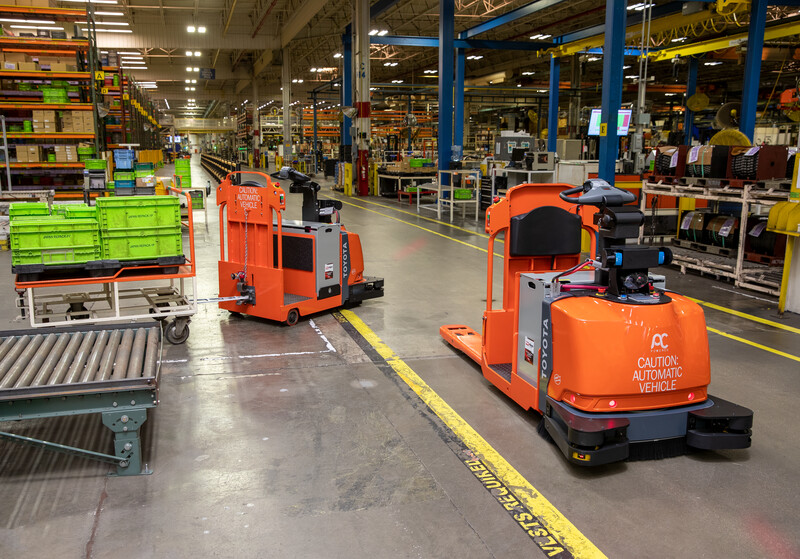In the ever-evolving landscape of material handling, the adoption of warehouse automation has emerged as a game-changer for industries worldwide. As technology continues to advance, businesses are recognizing the potential of automating their warehouses to enhance efficiency, accuracy, and overall operational excellence.
The Need for Warehouse Automation:
The traditional methods of manual warehouse operations are becoming increasingly insufficient to meet the demands of today’s fast-paced and competitive markets. With the surge in e-commerce, global trade, and consumer expectations, companies are under pressure to streamline their processes and reduce costs while maintaining high levels of productivity.
Warehouse automation addresses these challenges by leveraging cutting-edge technologies such as robotics, artificial intelligence, and the Internet of Things (IoT). These innovations are transforming the way warehouses operate, offering numerous benefits that go beyond just speed and efficiency.
Key Components of Warehouse Automation:
1. Robotics and Autonomous Vehicles:
– Automated guided vehicles (AGVs) and autonomous mobile robots (AMRs) are reshaping material handling and transportation within warehouses.
– These robots can navigate through the warehouse, pick up items, and transport them to designated locations, reducing the need for manual labor and increasing overall speed.
2. Automated Storage and Retrieval Systems (AS/RS):
– AS/RS technology optimizes vertical space in warehouses by utilizing automated mechanisms to store and retrieve goods.
– This reduces the need for extensive human involvement in the movement of goods and minimizes errors, ensuring accurate and efficient inventory management.
3. IoT and Connectivity:
– The integration of IoT devices enables real-time tracking and monitoring of inventory.
– Sensors and smart devices provide valuable data on inventory levels, warehouse conditions, and equipment performance, allowing for better decision-making and predictive maintenance.
4. Artificial Intelligence and Machine Learning:
– AI and machine learning algorithms optimize warehouse processes by analyzing data patterns.
– Predictive analytics help forecast demand, plan inventory, and improve order fulfillment accuracy.
Benefits of Warehouse Automation:
1. Increased Efficiency:
– Automation accelerates processes, reducing order fulfillment times and enhancing overall operational efficiency.
– Improved accuracy in picking and packing minimizes errors and reduces the likelihood of order discrepancies.
2. Cost Reduction:
– Automation lowers labor costs associated with repetitive and labor-intensive tasks, leading to long-term cost savings.
– Enhanced inventory management and reduced errors result in lower operational costs.
3. Scalability:
– Automated systems are designed to scale with the growing needs of businesses, allowing for increased productivity without a proportional increase in workforce.
4. Enhanced Safety:
– Automation reduces the need for manual handling of heavy items, decreasing the risk of workplace injuries.
– Collaborative robots work alongside human operators, enhancing overall safety in the warehouse.
Challenges and Considerations:
While warehouse automation offers numerous benefits, its implementation comes with challenges such as initial investment costs, integration complexities, and potential job displacement. Companies need to carefully assess their specific needs, evaluate the cost-benefit analysis, and plan for a smooth transition to automated systems.
Warehouse automation is reshaping the future of supply chain management, providing businesses with the tools to meet the demands of modern commerce. As technology continues to advance, the integration of robotics, AI, and IoT will play a pivotal role in creating agile, efficient, and responsive warehouses. The journey towards automation is not just about embracing innovation but ensuring a strategic and well-executed transformation that propels businesses into a new era of competitiveness and sustainability.
